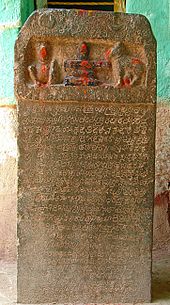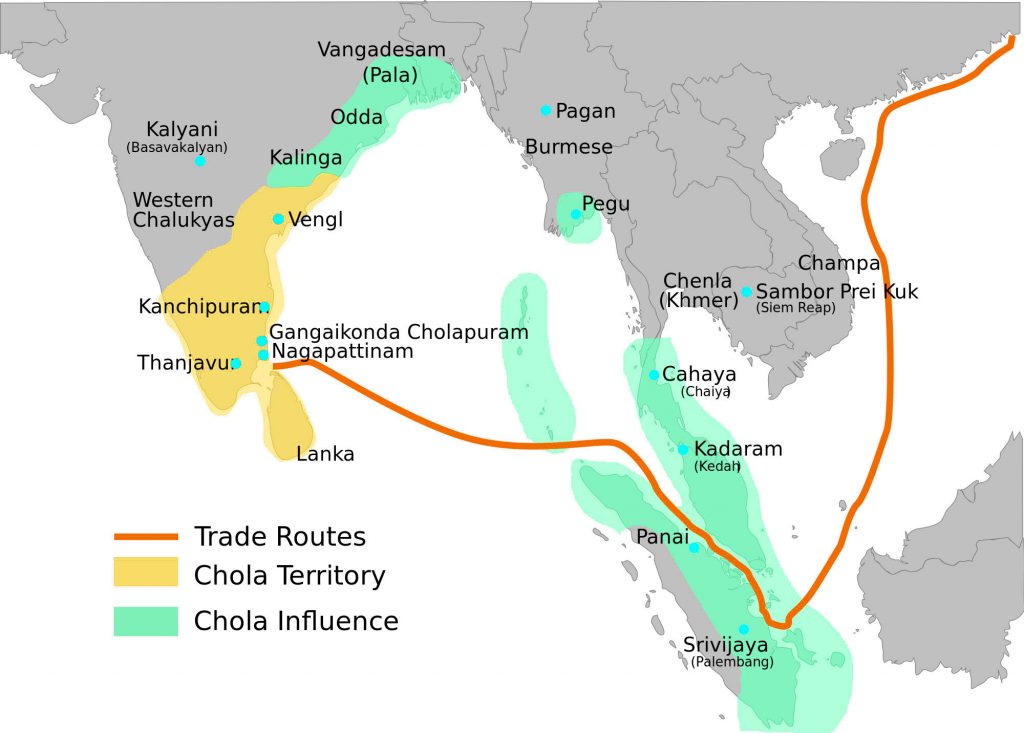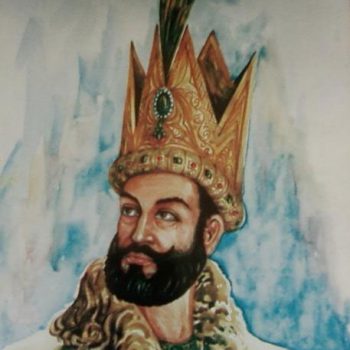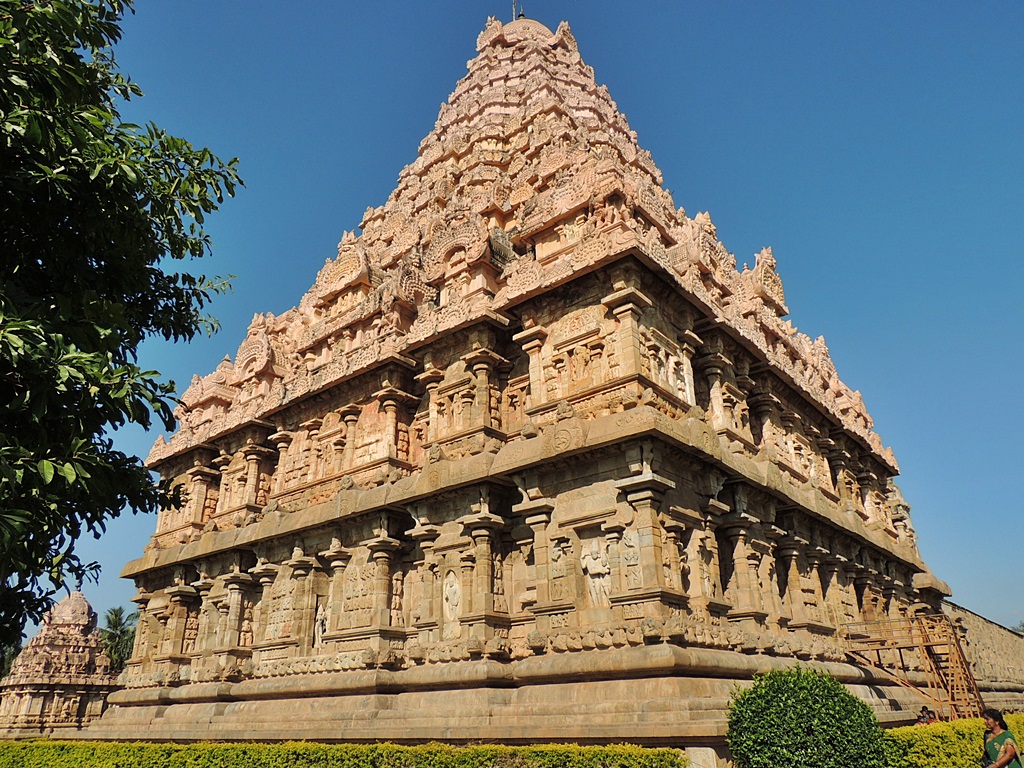
NCERT Solutions For Class 7 History Chapter 2 New Kings And Kingdoms. Here we will learn about the new kings and kingdoms that emerged in different parts of the Indian subcontinent between the seventh and twelfth centuries. You will also find the solved question and answers.
Read more: NCERT Solutions Class 7 History Social Science Towns, Traders And Craftspersons
Class 7 NCERT Solutions history new kings and Kingdoms Summary
The below map shows the major ruling dynasties in different parts of the Indian subcontinent between the seventh and twelfth centuries.

The emergence of new dynasties
Firstly, there were big landlords or warrior chiefs in different regions of the subcontinent. Secondly, below them were the samantas or their subordinates. Therefore, they bought gifts for their overlords, were present at their courts and provided them with military support. As these samantas gained power and wealth they declared themselves maha-samantas, maha-mandaleshvara (the great lord of a “circle” or region) and so on.
Sometimes they gained independence from their overlords.
Case study 1: NCERT Solutions For Class 7 History Chapter 2 New Kings And Kingdoms
Rashtrakutas in the Deccan.
They were subordinate to the Chalukyas of Karnataka. Dantidurga, a Rashtrakuta chief, overthrew his Chalukya overlord and performed a ritual called hiranya-garbha (literally, the golden womb). With the help of Brahmanas, it was thought to lead to the “rebirth” of the sacrificer as a Kshatriya, even if he was not one by birth.

Sometimes men from enterprising families used their military skills to carve out kingdoms.
Case study:
Kadamba Mayurasharman and the Gurjara Pratihara Harichandra
They were also Brahmanas who gave up their traditional professions and took arms and successfully established kingdoms in Karnataka and Rajasthan respectively.
Administration in the Kingdoms
These new kings adopted high-sounding titles such as maharaja-adhiraja, tribhuvana-chakravartin and so on, but still, they shared powers with samantas as well as with associations of peasants, traders and Brahmanas.
Meanwhile, resources in each of these states were obtained from the producers like, peasants, cattle-keepers, artisans, traders– they were often persuaded to surrender part of what they produced. These were claimed as “rent” which were also needed to be paid to a lord who asserted that he owned the land.
Case Study:
The Cholas of Tamil Nadu took more than 400 terms for different kinds of taxes.
Vetti, is one of the most frequently mentioned taxes in their inscriptions taken as in other words, forced labour, and kadamai, or land revenue. There were also taxes on thatching the house, the use of a ladder to climb palm trees, a cess on succession to family property, etc.
These types of taxes were taken to help the kingdom establish. They also fought wars which were expected to acquire wealth, trade routes and land.
Most of the positions were hereditary, for example, the army to functionaries for collecting revenue. Close relatives of the king had more chances to acquire these positions.

Prashastis and Land Grants
Some details in Prashastis may not literally be true. Certainly, these Prashastis tells us how rulers wanted to depict themselves. Moreover learned Brahmanas composed the Prashastis. They occasionally helped in the administration.
Further, kings often rewarded Brahmanas by grants of land that were recorded on copper plates.
Moreover, a long Sanskrit poem was found having the history of kings who ruled over Kashmir which might have been of the twelfth century. Kalhana composed it. Unlike the writers of prashastis, he was often critical about rulers and their policies and also included a variety of sources.
Warfare for Wealth: NCERT Solutions For Class 7 History Chapter 2 New Kings And Kingdoms
These ruling dynasties tried to expand their control to other areas.
Case Study:
City of Kanauj in the Ganga valley.
Rulers from the Gurjara-Pratihara, Rashtrakuta and Pala dynasties fought for control over Kanauj. Therefore, it was the “tripartite struggle”.
Rulers also tried to show off their power and resources by building large temples. Thus when they attacked each other’s kingdoms, they often chose to target temples, which were sometimes extremely rich.
Case Study:
Sultan Mahmud of Ghazni, Afghanistan (997-1030)
He extended control over parts of Central Asia, Iran and the north-western part of the subcontinent.

Moreover, he raided the subcontinent almost every year – targeting wealthy temples, including that of Somnath, Gujarat. He also used most of his wealth to build a really beautiful capital city at Ghazni. Sultan also entrusted a scholar named Al-Biruni to write an account of the subcontinent to know more about the people of that land. Above all Al-Biruni’s ‘Kitab ul-Hind’ is a very important source for historians these days.
Chahamanas (Chauhans) were also other kings who were engaged in warfare, who ruled over the region around Delhi and Ajmer. They also tried to expand their control to the west and the east. But there the Chalukyas of Gujarat and the Gahadavalas of western Uttar Pradesh opposed them.
Prithviraja III (one of the best Chauhan ruler) (1168-1192), defeated an Afghan ruler named Sultan Muhammad Ghori in 1191, but again lost to him in 1192.
A Closer Look: The Cholas, NCERT Solutions For Class 7 History Chapter 2 New Kings And Kingdoms
Uraiyur to Thanjavur
A chiefly family known as the Muttaraiyar held power in the Kaveri delta. But they were subordinate to the Pallava kings of Kanchipuram.
Vijayalaya, who belonged to the ancient chiefly family of the Cholas from Uraiyur, captured the delta from the Muttaraiyar in the middle of the ninth century. He built the town of Thanjavur and a temple for goddess Nishumbhasudini there.
The successors of Vijayalaya also conquered neighbouring regions and the kingdom grew in size and power. Secondly, the Pandyan and the Pallava territories to the south and north were made part of this kingdom.
Meanwhile, Rajaraja I, (most powerful Chola ruler), became king in 985. He also reorganised the administration of the empire.
His son Rajendra I continued his policies and also raided the Ganga valley, Sri Lanka and countries of Southeast Asia, and developed a navy for these expeditions.
Splendid Temples and Bronze Sculpture
The big temples of Thanjavur and Gangaikonda cholapuram, built by Rajarajaand Rajendra, are architectural and sculptural marvels.

Chola temples often had a clustered settlement around it. Temples were also equipped with land by rulers as well as by others. The produce of this land was used to maintain all the specialists who worked at the temple and very often lived near it. Temples were the hub of economic, social and cultural life as well.
Chola bronze images and idols for the temples are considered amongst the finest in the world. Both deities and devotees images were seen.
Agriculture and Irrigation
New developments in agriculture made possible a lot of achievements of the Cholas. Water from channels also provided the necessary moisture for agriculture, eg. rice.
The Cholas also used to water crops artificially in many places.
Organisation of Administration: NCERT Solutions For Class 7 History Chapter 2 New Kings And Kingdoms
Settlements of peasants, ur, became prosperous after irrigation agriculture. Groups of villages comprising of ur formed larger units called nadu. The village council and the nadu performed several administrative functions including providing justice and collecting taxes.
Rich peasants of the Vellala caste exercised control over the affairs of the nadu under the supervision of the central Chola government. The Chola kings gave some rich landowners titles like muvendavelan, araiyar, etc. as markers of respect, and entrusted them with important offices of the state at the centre.
Uttaramerur in Chingleput district, Tamil Nadu
Inscriptions from this place provide details of the way in which the sabha of prominent Brahmana landholders was organised. The sabha had separate committees to look after irrigation works, gardens, temples, etc. Names of those eligible to be members of these committees were written on small tickets of palm leaf; they were put into an earthenware pot, from which a young boy was asked to take out the tickets, one by one for each committee.
Exercises from the textbook: NCERT Solutions For Class 7 History Chapter 2 New Kings And Kingdoms
1. Match the following:
| Column I | Column II |
| Gurjara-Pratiharas | Western Deccan |
| Rashtrakutas | Bengal |
| Palas | Gujarat and Rajasthan |
| Cholas. | Tamil Nadu |
Ans.
| Column I | Column II |
| Gurjara-Pratiharas. | Gujarat and Rajasthan |
| Rashtrakutas | Western Deccan |
| Palas | Bengal |
| Cholas | Tamil Nadu |
2. Who were the parties involved in the “tripartite struggle”?
Ans. The “tripartite struggle” consisted of the Gurjara Pratiharas, Rashtrakutas and Palas
3. What were the qualifications necessary to become a member of a committee of the sabha in the Chola empire?
Ans. the qualifications necessary to become a member of a committee of the sabha in the Chola empire are:
- The member had to be a revenue-paying landowner
- Have his own home
- Age of 30 -70 years.
- Have knowledge of the Vedas.
- Be honest and well versed in administrative matters.
4. What were the two major cities under the control of the Chahamanas?
Ans. Delhi and Ajmer were the two major cities under the control of the Chahamanas.
5. How did the Rashtrakutas become powerful?
Ans. Dantidurga, a Rashtrakuta chief, overthrew his Chalukya overlord and established his right to rule by performing the hiranyagarbha ritual. This led to the rise of power of the Rashtrakuta.
6. What did the new dynasties do to gain acceptance?
Ans. The new dynasties took on new titles, performed religious rituals which would make them part of the Kshatriyas and engaged in warfare to assert their power and carve kingdoms for themselves to gain acceptance.
7. What kind of irrigation works were developed in the Tamil region?
Ans. Wells, tanks to collect rainwater and river channels were the irrigation works developed in the Tamil region.
8. Write the activities associated with the Chola temples?
Ans. A Chola temple was a place of worship and also the hub of economic, social and cultural life.
FAQs
1. What were Prashastis?
Ans. Prashastis tells us how rulers wanted to depict themselves. Learned Brahmanas composed the Prashastis
2. What is ur?
Ans. Ur means settlements of peasants.
3. What is brahmadeya?
Ans. The land grants received by Brahmanas were known as brahmadeya.